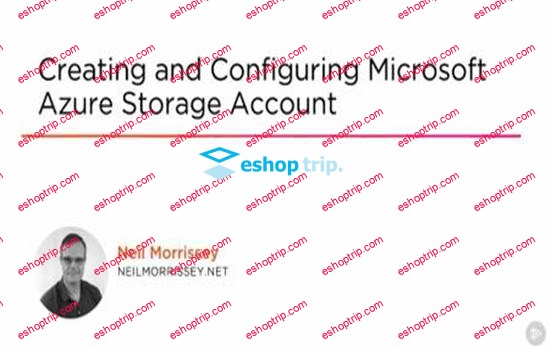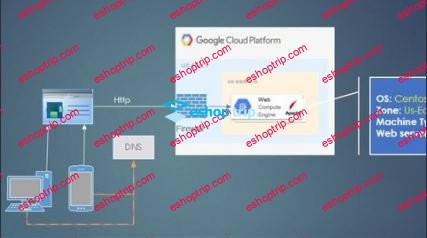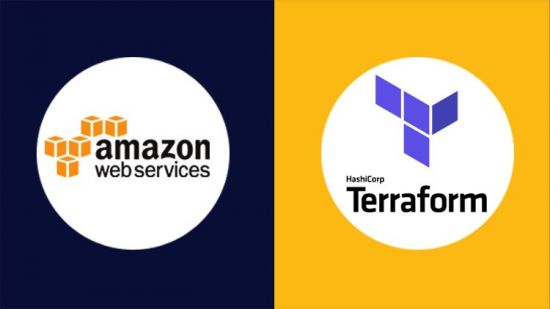Name Product: Creating and Configuring Microsoft Azure Storage Accounts
Download Size: 518 MB
Sale Page: _https://docs.microsoft.com/en-us/azure/storage/common/storage-introduction
Azure Storage is Microsoft’s cloud storage solution for modern data storage scenarios. Azure Storage offers a massively scalable object store for data objects, a file system service for the cloud, a messaging store for reliable messaging, and a NoSQL store. Azure Storage is:
- Durable and highly available. Redundancy ensures that your data is safe in the event of transient hardware failures. You can also opt to replicate data across datacenters or geographical regions for additional protection from local catastrophe or natural disaster. Data replicated in this way remains highly available in the event of an unexpected outage.
- Secure. All data written to Azure Storage is encrypted by the service. Azure Storage provides you with fine-grained control over who has access to your data.
- Scalable. Azure Storage is designed to be massively scalable to meet the data storage and performance needs of today’s applications.
- Managed. Microsoft Azure handles maintenance and any critical problems for you.
- Accessible. Data in Azure Storage is accessible from anywhere in the world over HTTP or HTTPS. Microsoft provides SDKs for Azure Storage in a variety of languages — .NET, Java, Node.js, Python, PHP, Ruby, Go, and others — as well as a mature REST API. Azure Storage supports scripting in Azure PowerShell or Azure CLI. And the Azure portal and Azure Storage Explorer offer easy visual solutions for working with your data.
Azure Storage services
Azure Storage includes these data services:
- Azure Blobs: A massively scalable object store for text and binary data.
- Azure Files: Managed file shares for cloud or on-premises deployments.
- Azure Queues: A messaging store for reliable messaging between application components.
- Azure Tables: A NoSQL store for schemaless storage of structured data.
Each service is accessed through a storage account. To get started, see Create a storage account.
Blob storage
Azure Blob storage is Microsoft’s object storage solution for the cloud. Blob storage is optimized for storing massive amounts of unstructured data, such as text or binary data.
Blob storage is ideal for:
- Serving images or documents directly to a browser.
- Storing files for distributed access.
- Streaming video and audio.
- Storing data for backup and restore, disaster recovery, and archiving.
- Storing data for analysis by an on-premises or Azure-hosted service.
Objects in Blob storage can be accessed from anywhere in the world via HTTP or HTTPS. Users or client applications can access blobs via URLs, the Azure Storage REST API, Azure PowerShell, Azure CLI, or an Azure Storage client library. The storage client libraries are available for multiple languages, including .NET, Java, Node.js, Python, PHP, and Ruby.
For more information about Blob storage, see Introduction to object storage on Azure.
Azure Files
Azure Files enables you to set up highly available network file shares that can be accessed by using the standard Server Message Block (SMB) protocol. That means that multiple VMs can share the same files with both read and write access. You can also read the files using the REST interface or the storage client libraries.
One thing that distinguishes Azure Files from files on a corporate file share is that you can access the files from anywhere in the world using a URL that points to the file and includes a shared access signature (SAS) token. You can generate SAS tokens; they allow specific access to a private asset for a specific amount of time.
File shares can be used for many common scenarios:
- Many on-premises applications use file shares. This feature makes it easier to migrate those applications that share data to Azure. If you mount the file share to the same drive letter that the on-premises application uses, the part of your application that accesses the file share should work with minimal, if any, changes.
- Configuration files can be stored on a file share and accessed from multiple VMs. Tools and utilities used by multiple developers in a group can be stored on a file share, ensuring that everybody can find them, and that they use the same version.
- Diagnostic logs, metrics, and crash dumps are just three examples of data that can be written to a file share and processed or analyzed later.
At this time, Active Directory-based authentication and access control lists (ACLs) are not supported, but they will be at some time in the future. The storage account credentials are used to provide authentication for access to the file share. This means anybody with the share mounted will have full read/write access to the share.











Reviews
There are no reviews yet.